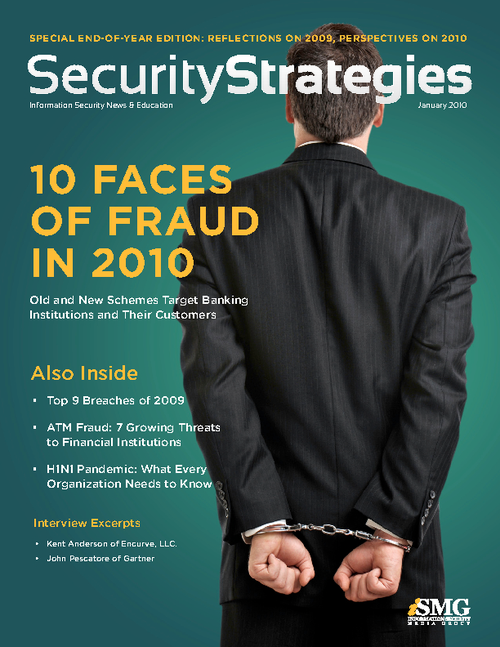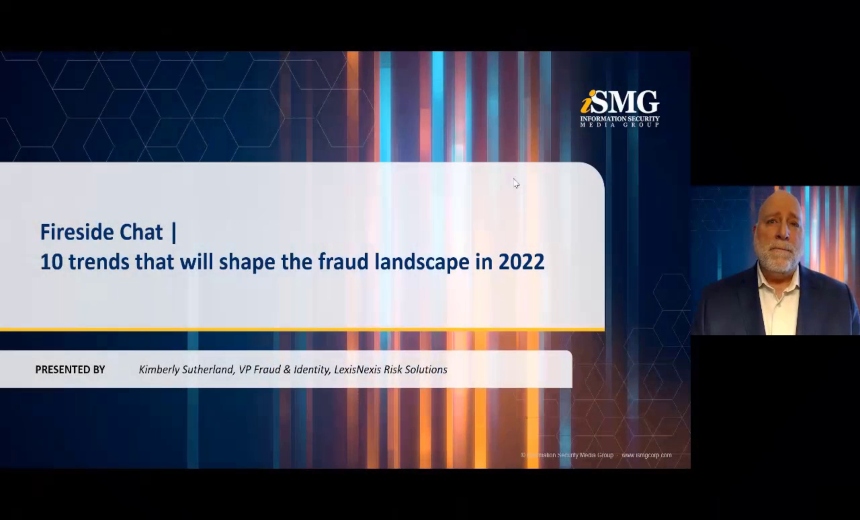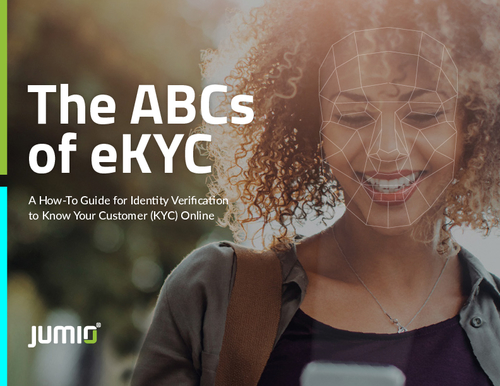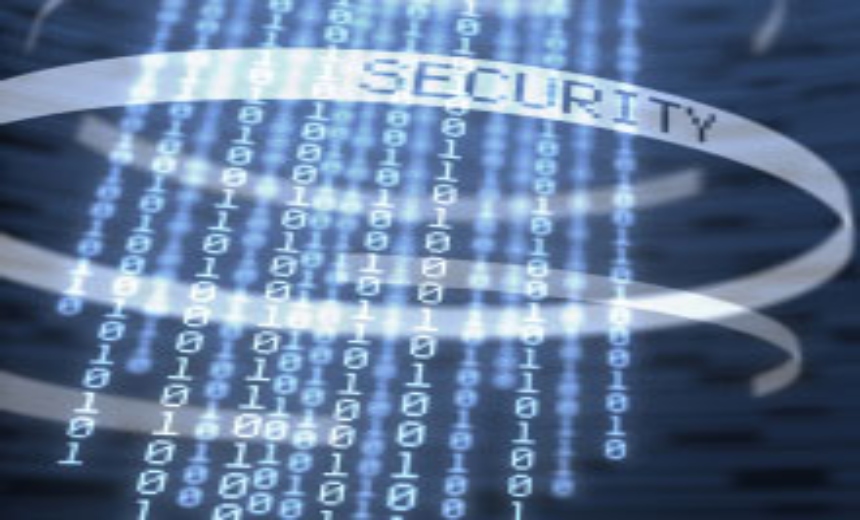ATM Fraud: Six Steps to Improving Customer Awareness
'Educated Customer is First, Best Defense'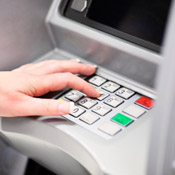
A glance at recent headlines scratches the surface of the current trend:
Many of the skimming devices were not discovered before criminals siphoned off ATM account numbers and PINs, withdrawing thousands of dollars. ATM skimming was also named as one of the top 10 fraud threats for 2010.
Fighting Back Through Education
How can institutions better protect their ATMs? "The consumer must be educated to be vigilant and inspect the ATM before using it," says Terrie Ipson, ATM security marketing manager at Diebold, an ATM manufacturer. "Skimming devices are placed on or near the ATM's actual card reader and are often difficult to detect".
Consumers should look at an ATM closely. "If anything about the card reader or PIN pad looks different or unusual or seems loose to the touch, or if the consumer sees a sign asking them to swipe their card in a second reader, don't use it," she says.
Also, consumers should not try to remove a suspected skimming device, but rather report any fraudulent activity to the police and the financial institution immediately.
Protecting PINs is also an area on which institutions can educate their customers, Ipson notes. "Shielding the entry of the PIN with their hand and body is just one way a consumer can prevent someone from viewing it via electronic or human means," she says.
Education can occur through targeted campaigns both through marketing messages displayed on the ATM screen before and during a transaction, as well as marketing materials mailed with customers' statements. "An educated and aware consumer is perhaps the best first defense against skimming attacks," Ipson says.
Tips for Consumers
Here are some consumer tips to help reduce ATM skimming incidents:
- Be wary of anything about the ATM machine that looks out of the ordinary, such as odd-looking equipment or wires attached to the device.
- Look for a "no tampering" sign. Crooks often place these to stop anyone curious about a new piece of equipment.
- Steer clear of a jammed ATM machine that forces customers to use another ATM that has a skimmer attached. Often, the criminal will disable other ATMs in the area to draw users to the one that has the skimming device on it.
- Customers should check their bank accounts regularly to make sure there are no unusual or unauthorized transactions. Federal law limits loss from ATM fraud, and many banks offer additional protection. Consumers should check with their financial institution for details.
- If you see anything unusual or suspicious around an ATM, or if you find unauthorized ATM transactions on your bank account, immediately notify local law enforcement, as well as your financial institution and/or the establishment where the ATM is located.
- Always protect your PIN: Don't give the number to anyone, and cover the keypad while you are entering your PIN.


